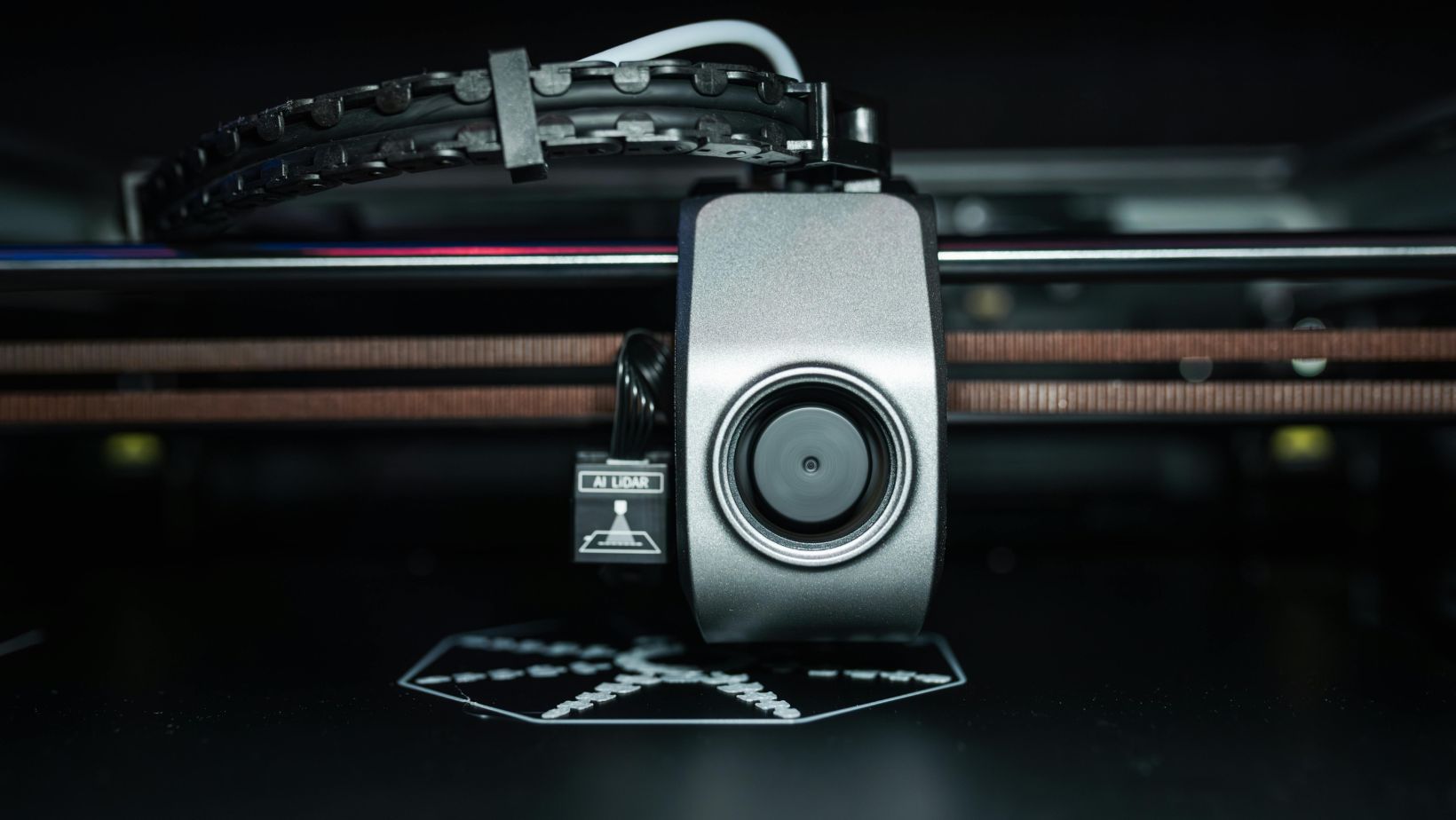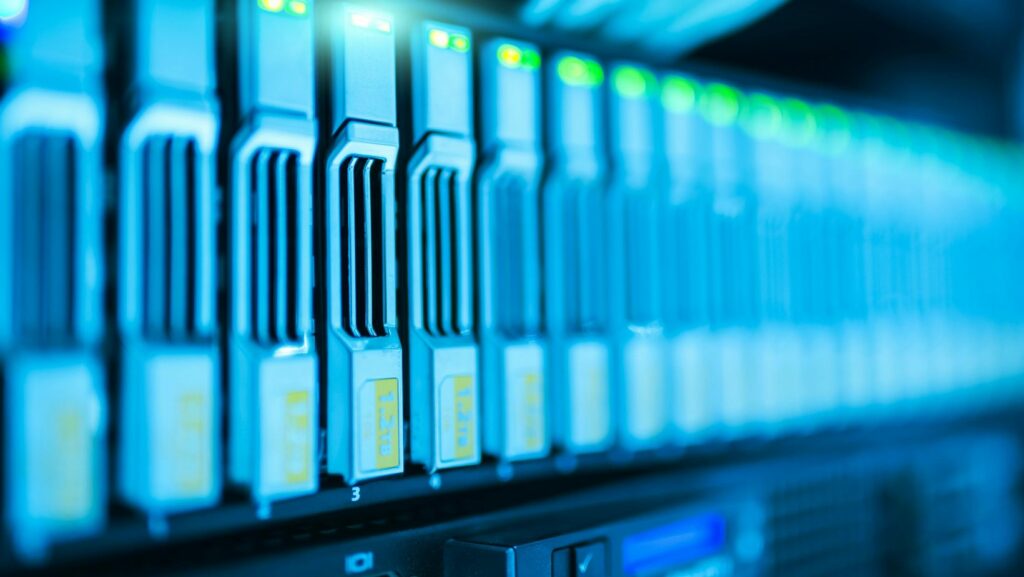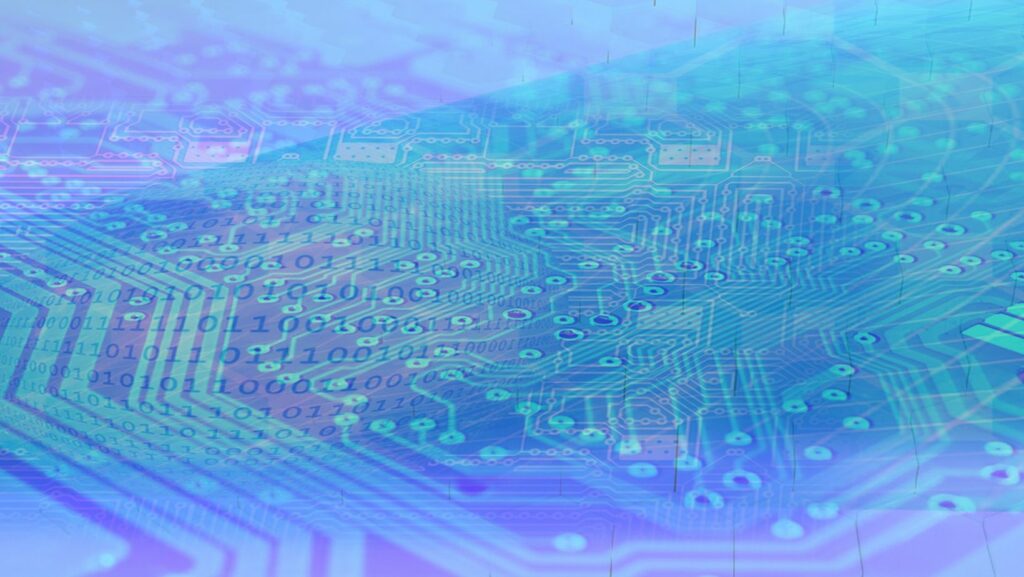In today’s fast-paced world, technology is revolutionizing every aspect of life, and dentistry is no exception. Hi tech dental practices are transforming the way patients experience oral care, making visits more efficient and comfortable. From advanced imaging techniques to state-of-the-art treatment options, these innovations are setting a new standard in dental health.
Patients can now enjoy personalized care that not only enhances their experience but also improves outcomes. With tools like 3D printing and laser dentistry, procedures that once took hours can now be completed in a fraction of the time. As dental technology continues to evolve, it’s clear that the future of oral health is brighter than ever.
Hi Tech Dental
Hi tech dental incorporates cutting-edge technologies to enhance the delivery of dental care. This innovative approach focuses on improving patient outcomes and overall satisfaction.
Advanced imaging techniques, such as digital X-rays and cone beam computed tomography (CBCT), provide detailed visuals, enabling accurate diagnoses and treatment planning. These methods significantly reduce radiation exposure compared to traditional X-rays.
3D printing technology plays a crucial role in creating custom dental implants, crowns, and orthodontic devices. This technology offers precision, speed, and cost-effectiveness, minimizing the need for additional lab visits and allowing for same-day restorations.
Laser dentistry represents another significant advancement. Lasers perform soft tissue procedures with reduced bleeding and faster healing times. Techniques like laser cavity detection aid in the early identification of decay, promoting proactive care.
Overall, hi-tech dental practices utilize these advancements to streamline procedures, reduce discomfort, and enhance the patient experience. The incorporation of technology not only increases efficiency but also sets a new standard for quality in dental care.
Benefits of Hi Tech Dental
Hi-tech dental practices deliver numerous advantages, transforming the treatment experience for patients. These benefits include enhanced precision and increased patient comfort.
Enhanced Precision
Hi-tech dental technologies improve accuracy in diagnosis and treatment. Digital X-rays provide clearer images, allowing for better evaluation of dental conditions. Cone beam computed tomography (CBCT) offers three-dimensional imaging, enabling dentists to assess complexities in a patient’s anatomy. This technology minimizes the chances of misdiagnosis or oversight, leading to tailored treatment plans that address specific patient needs.
3D printing technology plays a crucial role in precision by producing customized dental implants and restorations. This method ensures perfect fit and function while significantly reducing the time between initial evaluation and final placement. Laser dentistry also enhances precision by allowing targeted interventions, reducing damage to surrounding tissues.
Increased Patient Comfort
Hi-tech dental treatments prioritize patient comfort throughout the entire experience. Advanced imaging techniques, like digital X-rays, involve less radiation and eliminate the discomfort associated with traditional methods. In-office 3D printing reduces the need for multiple lab visits, allowing patients to receive their restorations faster and more efficiently.
Laser dentistry contributes to patient comfort by minimizing pain and bleeding during procedures. This technology promotes quicker healing times, which translates to less downtime for patients. Overall, hi-tech dental innovations prioritize a positive patient experience, making visits less stressful and more manageable for individuals seeking care.
Technologies Used in Hi Tech Dental
Hi tech dental practices utilize various advanced technologies to enhance patient care and improve operational efficiency. Notable innovations include digital imaging and 3D printing.
 Digital Imaging
Digital Imaging
Digital imaging revolutionizes diagnostics in dentistry. Techniques such as digital X-rays and cone beam computed tomography (CBCT) provide high-resolution images, allowing for precise assessments of oral health. Digital X-rays reduce radiation exposure by up to 80% compared to traditional films. CBCT offers 3D visualization of teeth, bones, and surrounding tissue, aiding in accurate treatment planning. The immediate availability of images allows for quicker diagnoses and enhances communication between dentists and patients.
3D Printing
3D printing technology significantly streamlines the production of dental appliances. This method allows dental professionals to create custom crowns, bridges, and implants with high precision. 3D printing reduces the time required for lab work, often completing the process in a single appointment. Customization ensures a better fit, improving overall patient satisfaction. Additionally, in-office 3D printing minimizes the need for multiple visits, enhancing convenience for patients and allowing for a more efficient workflow in dental practices.
Comparison with Traditional Dentistry
Hi tech dental practices transform patient care through advanced technology, offering distinct advantages over traditional methods while presenting certain limitations.
Advantages Over Conventional Methods
- Increased Accuracy: Advanced imaging, such as digital X-rays and CBCT, provides more precise diagnostics than standard X-rays, reducing the risk of misdiagnosis.
- Reduced Radiation Exposure: Digital X-rays lower radiation exposure by up to 80% compared to traditional films, enhancing patient safety without compromising quality.
- Faster Treatment Times: 3D printing technology allows the production of dental restorations in-house, minimizing lab visits and often completing procedures in a single appointment.
- Enhanced Patient Comfort: Laser dentistry reduces pain and bleeding, promoting faster healing. It offers a less invasive approach compared to traditional surgical methods.
- Personalized Care: Tailored treatment plans enable practitioners to address specific patient needs effectively, leading to better outcomes and higher satisfaction.
- Initial Costs: Implementing hi-tech dental equipment often requires significant investment, which may affect the overall cost of dental services.
- Learning Curve: Dentists and staff must undergo training to effectively use new technologies, which can extend the time before the technology reaches full operational capability.
- Technology Dependence: Over-reliance on technology can diminish traditional skills, potentially impacting care if equipment malfunctions.
- Varied Access: Not all dental practices adopt hi-tech methods, resulting in unequal access to improved dental care, particularly in rural areas.
- Patient Familiarity: Some patients may feel apprehensive about new technologies, expressing concerns over their safety or effectiveness compared to traditional methods.
Future Trends in Hi Tech Dental
Emerging technologies are poised to reshape the hi-tech dental landscape further. Developments in artificial intelligence (AI) and machine learning are set to enhance diagnostic accuracy and treatment planning. AI algorithms can analyze vast amounts of patient data quickly, identifying patterns that improve diagnostic decision-making. This innovation enables dental professionals to personalize care based on individual patient needs.
Tele-dentistry is another significant trend gaining traction. Remote consultations allow patients to seek initial assessments without an in-office visit, extending access to dental care, especially for those in underserved areas. Through video conferencing and mobile applications, patients can receive expert advice and follow-up care seamlessly.
Automation is increasingly prevalent in dental practices. Robotic systems assist with repetitive tasks, enhancing precision and efficiency in procedures such as implant placement and orthodontic adjustments. These systems reduce human error, resulting in better outcomes for patients.
Augmented reality (AR) and virtual reality (VR) technologies are transforming patient education and treatment planning. AR overlays digital images onto a patient’s mouth, offering real-time visualizations during consultations. VR provides immersive simulations that prepare patients for procedures, reducing anxiety by familiarizing them with the experience.
Sustainability initiatives are also becoming a focus within hi-tech dental practices. Eco-friendly dental materials and energy-efficient equipment contribute to reduced environmental impact. Practices are adopting biodegradable materials for dental restorations and utilizing solar energy, promoting a healthier planet as well as healthier smiles.
These future trends in hi-tech dental enhance not only the efficiency and precision of care, but also patient satisfaction and accessibility. As these technologies continue to evolve, they offer exciting prospects for oral healthcare, creating a more innovative and patient-centered approach.
Revolutionizing The Field of Dentistry
Hi-tech dental practices are revolutionizing the field of dentistry by prioritizing patient outcomes and comfort. With advancements in imaging, 3D printing, and laser technology, patients experience quicker procedures and personalized care. The integration of these technologies not only enhances precision but also reduces discomfort and anxiety during visits.
As the industry continues to evolve, emerging trends like AI and tele-dentistry promise to further improve access to care and treatment planning. This shift towards innovation is setting a new standard in oral health, ensuring that patients receive the best possible care in a more efficient and effective manner. The future of hi-tech dental is bright, paving the way for a more patient-centered approach in the dental landscape.



